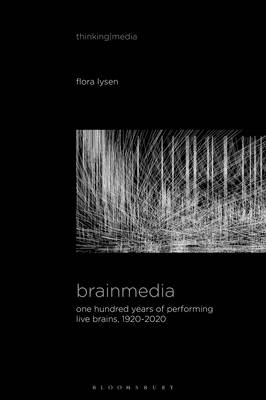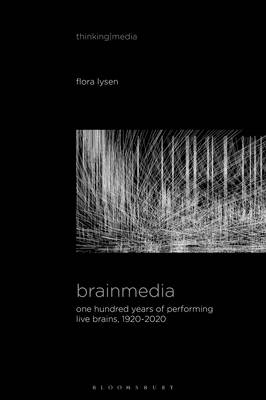
Je cadeautjes zeker op tijd in huis hebben voor de feestdagen? Kom langs in onze winkels en vind het perfecte geschenk!
- Afhalen na 1 uur in een winkel met voorraad
- Gratis thuislevering in België vanaf € 30
- Ruim aanbod met 7 miljoen producten
Je cadeautjes zeker op tijd in huis hebben voor de feestdagen? Kom langs in onze winkels en vind het perfecte geschenk!
- Afhalen na 1 uur in een winkel met voorraad
- Gratis thuislevering in België vanaf € 30
- Ruim aanbod met 7 miljoen producten
Zoeken
€ 220,45
+ 440 punten
Uitvoering
Omschrijving
Will we ever be able to see the brain at work? Could it be possible to observe thinking and feeling as if watching a live broadcast from within the human head? Brainmediauncovers past and present examples of scientists and science educators who conceptualize and demonstrate the active human brain guided by new media technologies. Drawing on original archival material, Brainmedia outlines a new history of "live brains," arguing that practices of - and ideas about - mediation impacted the imagination of seeing the brain at work. Through five carefully researched and illustrated historical case studies, Flora Lysen shows the conceptual but also practical assembling of brains and media: from exhibitions of giant illuminated brain models and staged projections of brainwave recordings; to live televised brain broadcasts, brains hooked up to computers and experiments with "brain-to-brain" synchronization. By combining accounts of scientists examining brains in laboratories with examples of public demonstrations and exhibitions of brain research, Brainmediacasts new light on popularization practices, placing them at the heart of scientific work. The book argues that a vital part of brain research is the performing of knowledge with and through media. This means that the significance attributed to neuroscientific research today also much depends on the changing forms of fascination that ultimately allow for the persistence of promises of seeing the live brain at work.
Specificaties
Betrokkenen
- Auteur(s):
- Uitgeverij:
Inhoud
- Aantal bladzijden:
- 304
- Taal:
- Engels
- Reeks:
Eigenschappen
- Productcode (EAN):
- 9781501378751
- Verschijningsdatum:
- 25/08/2022
- Uitvoering:
- Hardcover
- Formaat:
- Genaaid
- Afmetingen:
- 140 mm x 216 mm
- Gewicht:
- 498 g

Alleen bij Standaard Boekhandel
+ 440 punten op je klantenkaart van Standaard Boekhandel
Beoordelingen
We publiceren alleen reviews die voldoen aan de voorwaarden voor reviews. Bekijk onze voorwaarden voor reviews.









